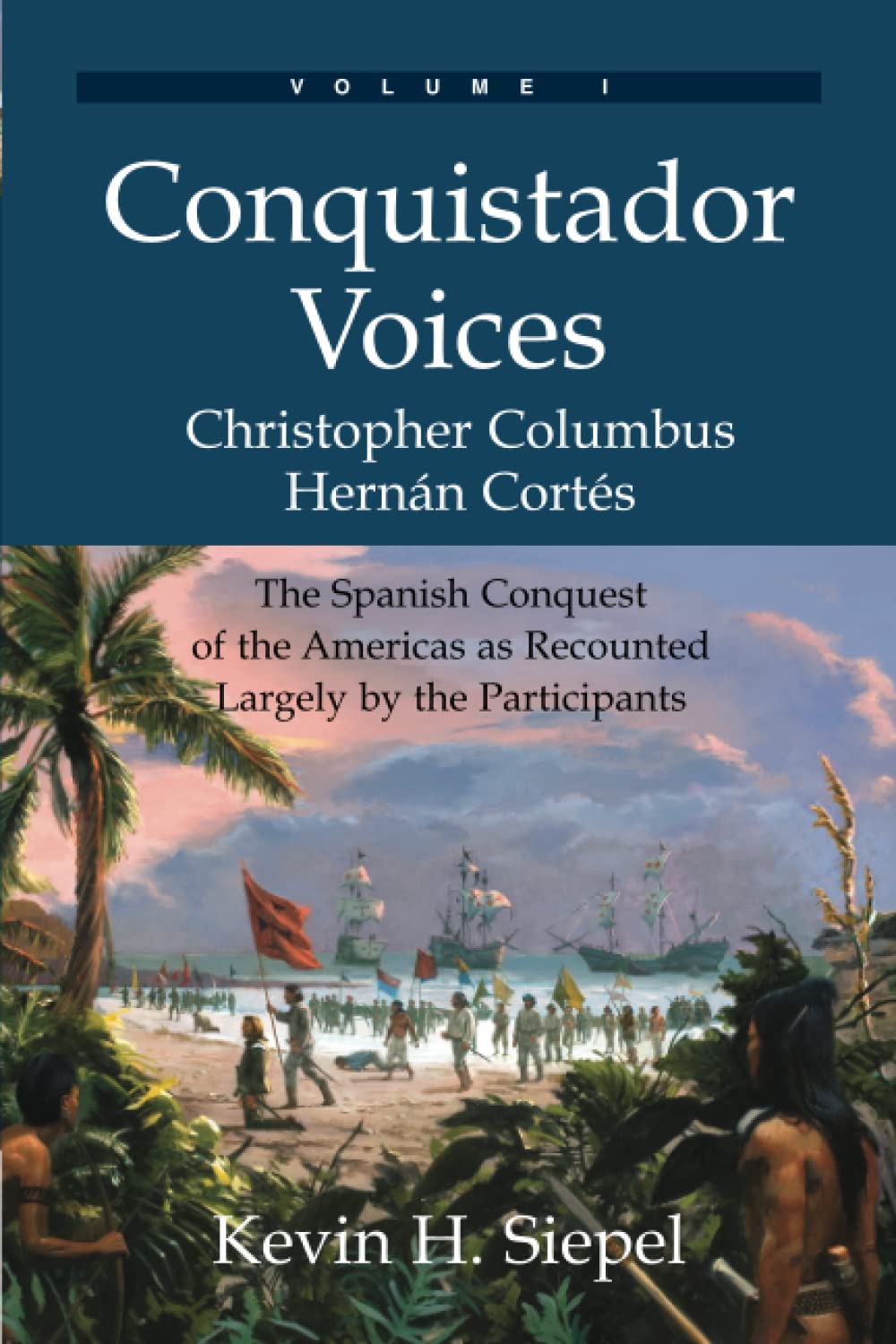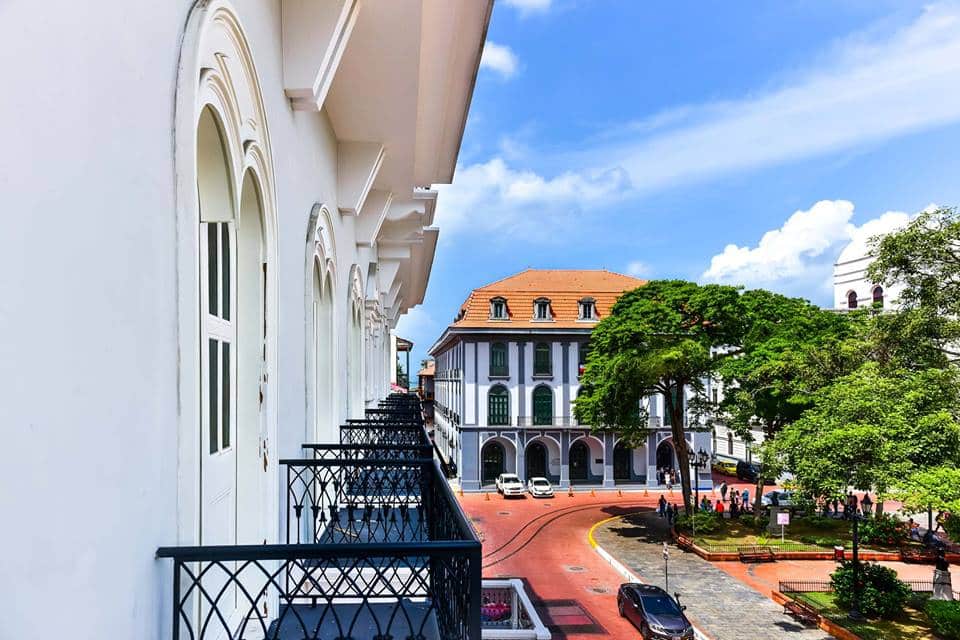Table of Contents
All Spanish-American cities of the colonial era were designed around plazas, especially the Main Square (Plaza Mayor). The main square in Casco Viejo is known today as Cathedral Plaza or Independence Plaza.
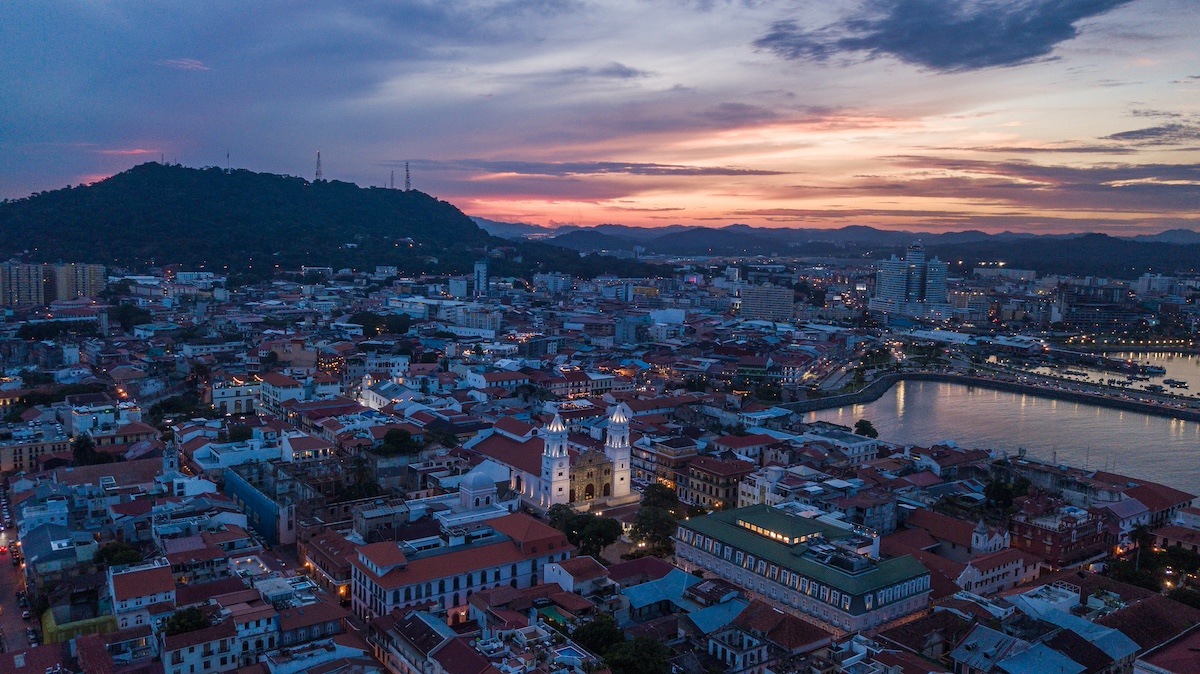
Colonial Cities
The ordinances of 1573, which remained in force throughout the colonial period, establish that “the main square from which the population is to start must being on the sea coast iniciating at the port landing and, being in a Mediterranean location in the middle of the population, the square must be so long that it is at least one and a half times as long as it is wide, because in this way it is better for horse festivals and any other events that are to be held.”
Conquistador Voices: The Spanish Conquest of the Americas
The Plaza Mayor in Panama Viejo was frequently used for bullfights. When the city moved to Casco Viejo in 1673, what is now Plaza Herrera and Plaza Santa Ana were used for this purpose.

Although Panama City was a coastal city, the ordinance was not followed, otherwise the Plaza Mayor would have had to be located behind the old workshop that is currently the building of the Presidency of the Republic. In reality there was no port as such, the closest thing was that place or the landing stage in front of the Convent of the Nuns, today the National Theater of Panama. Nor was the standard of length and width measurements followed, since the Plaza Mayor has a rectangular shape.
The Plaza Mayor
The Plaza Mayor was originally a dusty and neglected plaza. There were no trees, pavement or gazebos as seen today. The Metropolitan Cathedral of Panama and the city council (Cabildo), both under construction, some three and four story houses and some vacant lots were what were there at that time.
In 1756 there was a fire that destroyed several buildings, allowing the plaza to be expanded. Then the Metropolitan Cathedral of Panama could be seen from the plaza, this building was completed in 1796 and is the only colonial building still standing in the plaza.
A photo from 1875, taken from what is now the Hotel Central, shows the plaza already with kerosene lighting, grass and a curb of masonry. By then the Plaza Mayor was no longer used for bullfights, but for official activities and social gatherings.
In 1882 the construction of the French canal began, which brought prosperity to the area. In the mid-1980s, the square began to look like the current Cathedral Plaza or Independence Plaza. You could see sidewalks, pavement, wooden benches, cast iron railings, streetlights, six metal arches at each entrance, and finally garden areas with trees, palm trees and bushes.
The patriotic festivities of independence on November 28th moved to the Plaza de Santa Ana, which still had nothing but a solitary street lamp.

Cathedral Plaza or Independence Plaza
After the separation from Colombia and the entry of the Americans (who would complete the construction of the Panama Canal), the Plaza Mayor began to be called Cathedral Plaza or Independence Plaza. A photo from 1906 shows how the triumphal arches were removed, but the palm trees, trees and gardens still remained.
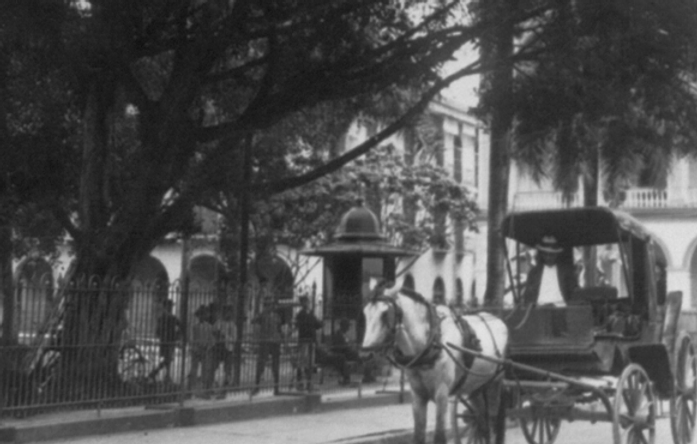
The Sunday lottery drawings were originally held in Catedral Plaza and then in the 1920s they were moved to Plaza Santa Ana. In this plaza busts of the characters who participated in the separation of the isthmus of Panama from Colombia in 1903 were placed. These characters include my maternal grandfather’s grandfather, Federico Boyd. When I lived in Catedral Plaza in 2008, I saw him every time I went out to walk my dogs.
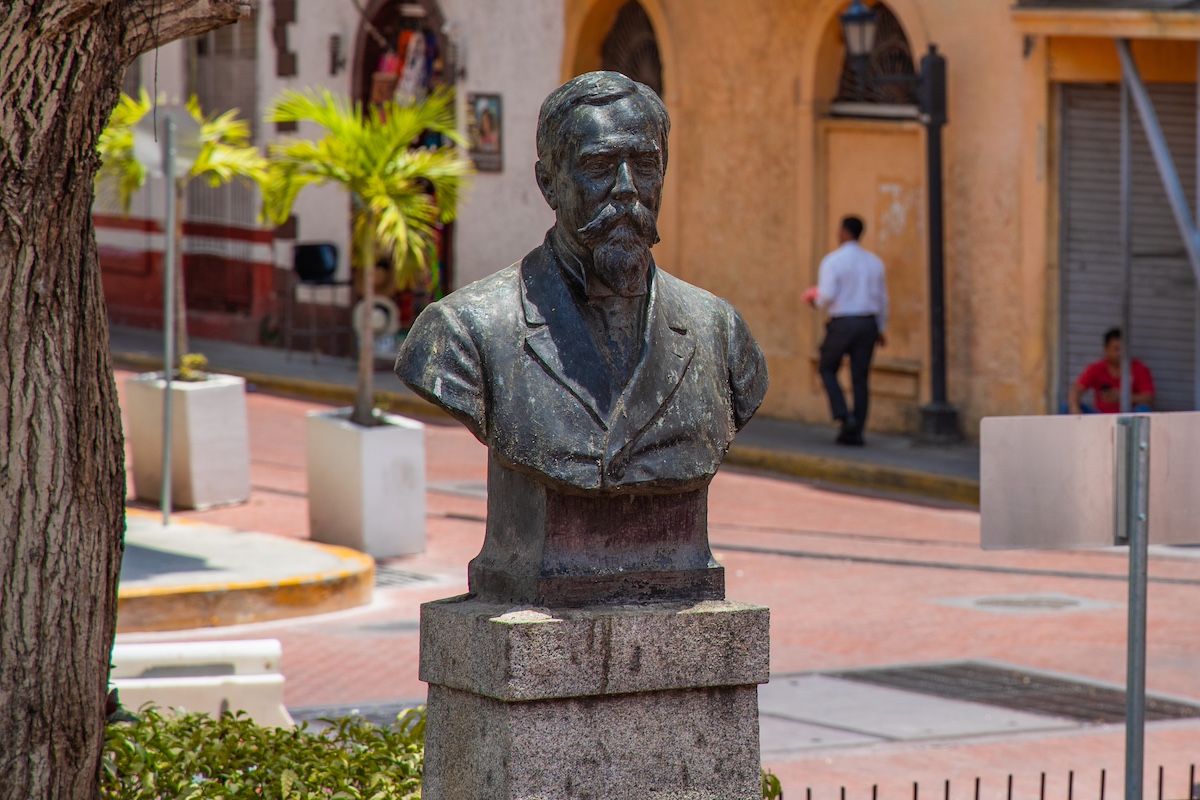
What can you find in Cathedral Plaza?
Hotel Central Panama
The Hotel Central Panama is located across from the Metropolitan Cathedral on the Cathedral Plaza. This hotel dates back to 1874, when it was built by a Frenchman named Emil Dreyfous during the time of the construction of the French Canal. This hotel in Casco Viejo was the victim of a fire in 1878, being rebuilt in 1883. At the time it was the best hotel in Panama City. The first Panamanian flag was raised from the balcony of this hotel on November 3, 1903. Julio Canavaggio bought the hotel in 1917 and remodeled it. Years later it was abandoned until it was closed in 2000. In 2008 it reopened under the management of a Spanish hotel group.
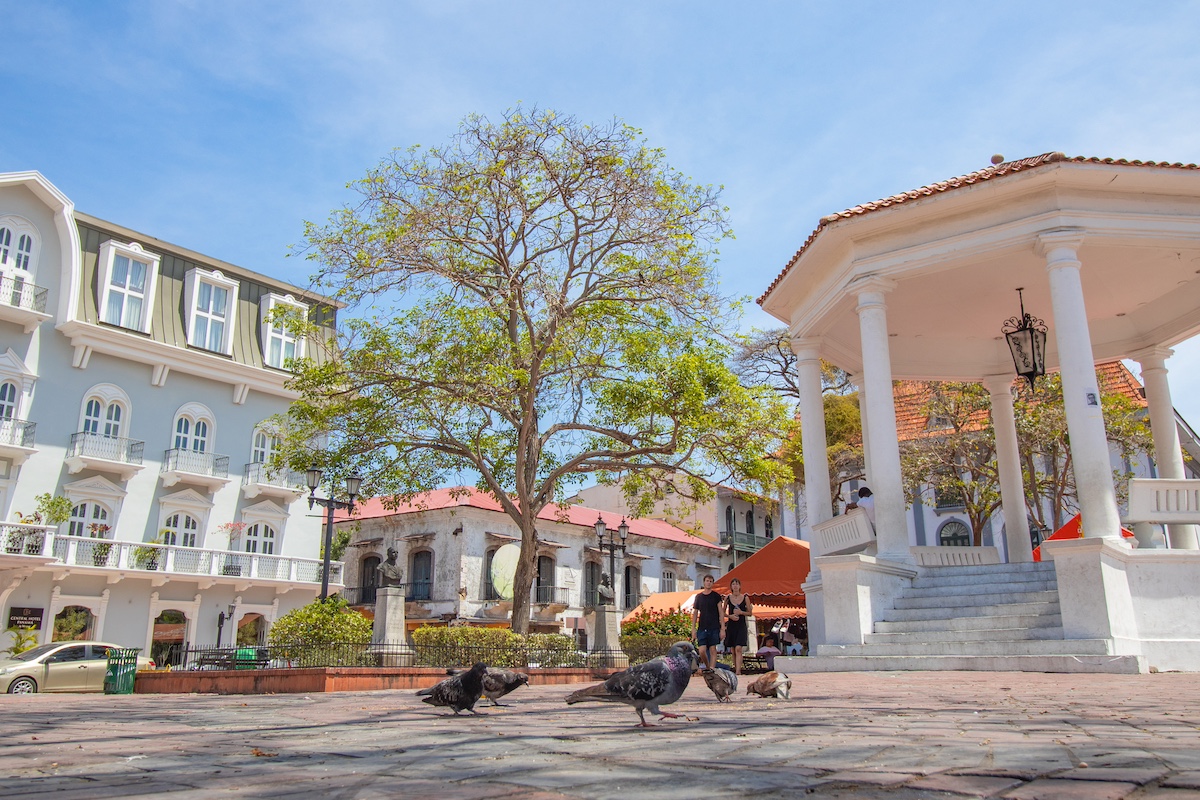
Metropolitan Cathedral of Panama
The Metropolitan Cathedral of Panama or the Cathedral Basilica of Saint Mary the Ancient was located in Darien. Its origins date back to 1510 and it was the first cathedral built by the Spanish conquistadors. After Vasco Nunez de Balboa discovered the “South Sea” or the Pacific Ocean, the cathedral was moved to the new city of Our Lady of the Assumption of Panama in 1520. Its current location in the Cathedral Plaza of Casco Viejo dates back to 1674. It was the victim of several fires and the current version that can be seen was consecrated in 1796. Its construction took 108 years, from 1688 to 1796. In 1941 it was declared a National Historic Monument.
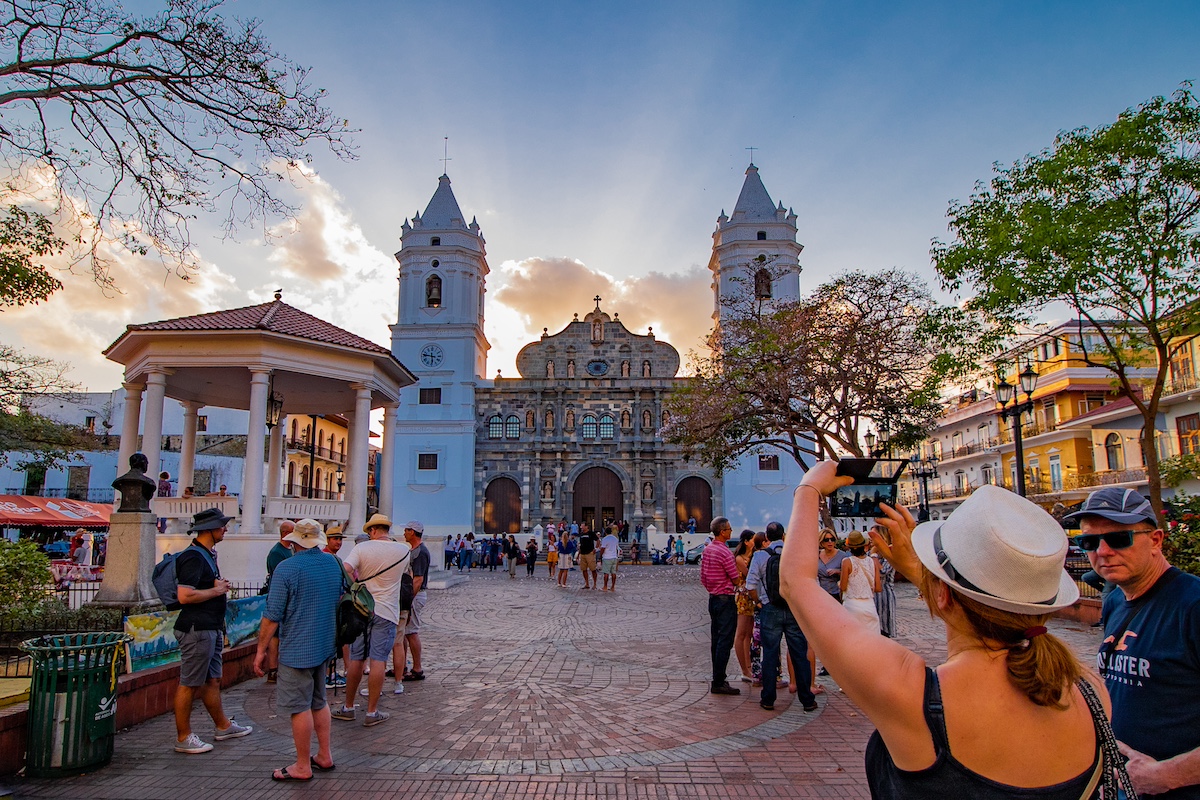
City Hall
This neoclassical building is the headquarters of the Municipal Council of Panama, which meets every Tuesday. It is located in the Cathedral Plaza, diagonally across from the Metropolitan Cathedral of Panama. Its official name is the Palacio Municipal de Panamá Demetrio H. Brid in honor of one of the heroes of the separation of Panama from Colombia. It was originally known as the cabildo building in colonial times. The cabildo was located in the Plaza Mayor in all Spanish cities in America. Inside it is the Museum of History of Panama, which covers everything from the colonial era to the present.
Panama Interoceanic Canal Museum
The Panama Interoceanic Canal Museum (not to be confused with the Canal Museum located at the Miraflores Locks) is located on the Cathedral Plaza in a building that was originally the Grand Hotel. The French businessman, George Loew, built it between 1874 and 1875. It was the most luxurious hotel in Panama City. However, in 1881 the building was sold to the French Universal Interoceanic Canal Company. It was in this building that the treaties were signed allowing the Americans to continue the construction of the canal. It was used for various purposes until the Patronato del Museo del Canal Interoceanico was created in 1996.

Al Alma Café Panama
On the corner of Cathedral Plaza or Independence Plaza you can find Al Alma Café Panama. This place is quite spacious inside with a small terrace. The decor is very cozy with old floors and decoration on the walls. It is a perfect place to work or have a meeting in Casco Viejo while having a coffee or a smoothie. This café in Casco Viejo serves breakfast, lunch and dinner. The Al Alma chain is Colombian and has more than 20 locations in Colombia. Panama City was its first international location.
Casa Lefevre
Casco Viejo is full of vacation rentals or Airbnbs. Al Alma Café Panama is located on the ground floor of Casa Lefevre, next to Hotel Central Panama on the Cathedral Plaza. The apartments in this building range from 63 square meters to 140 square meters with one and two bedrooms. All have modern finishes with colonial touches such as brick walls or limestone. Some apartments have bathtubs and others have showers.
Como asociado de Amazon, recibo una pequeña comisión si haces clic en nuestros enlaces y realizas una compra sin coste adicional para ti. Esto me ayuda a ofrecer contenido valioso.
